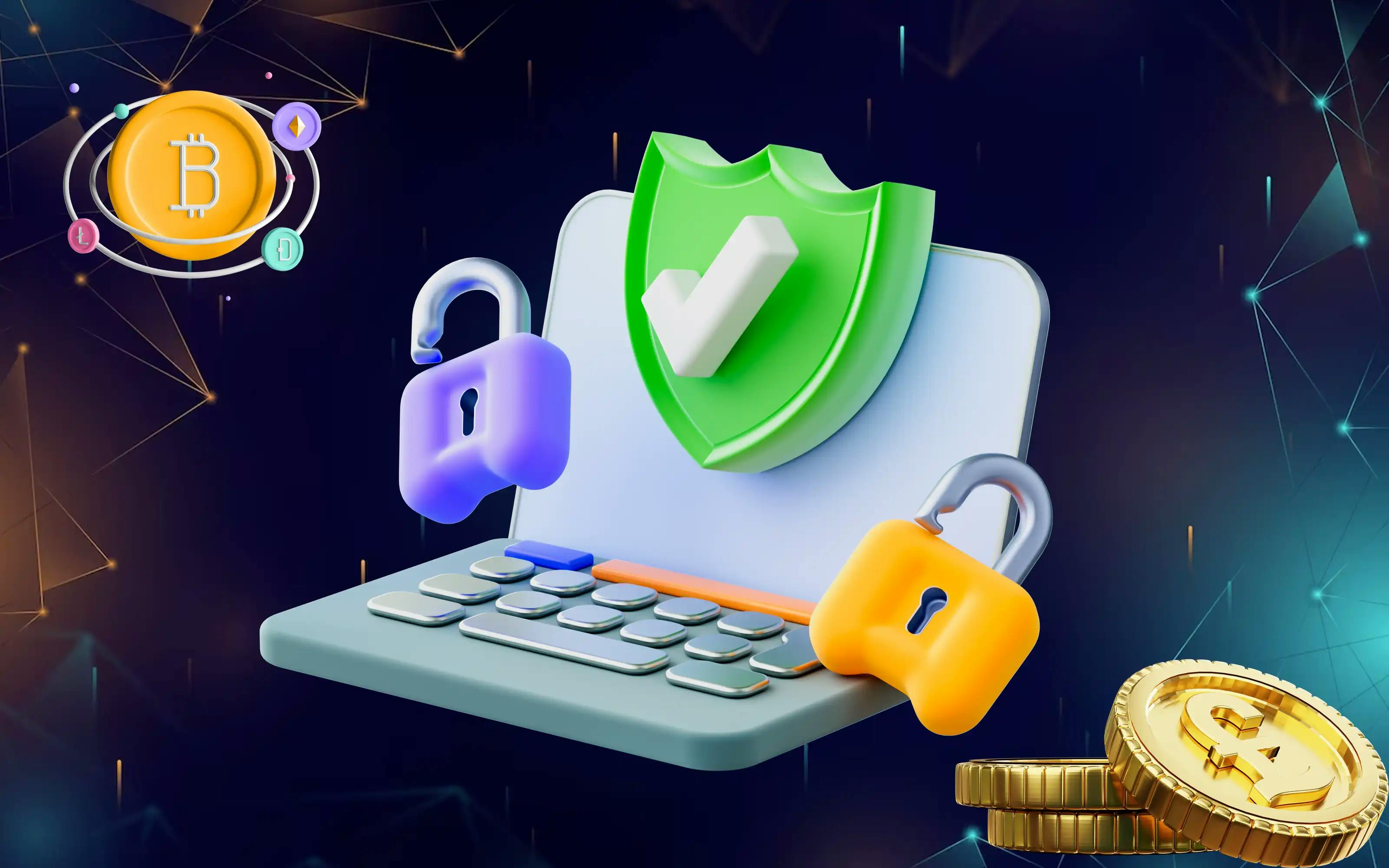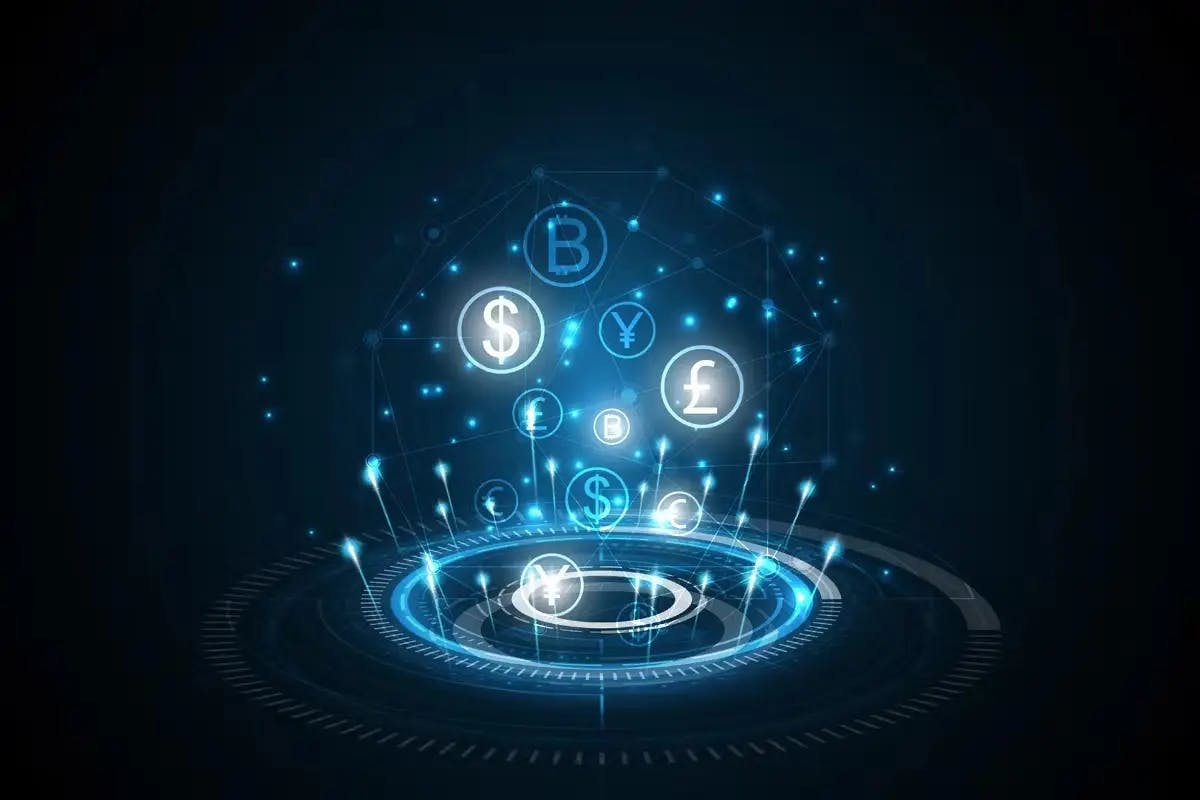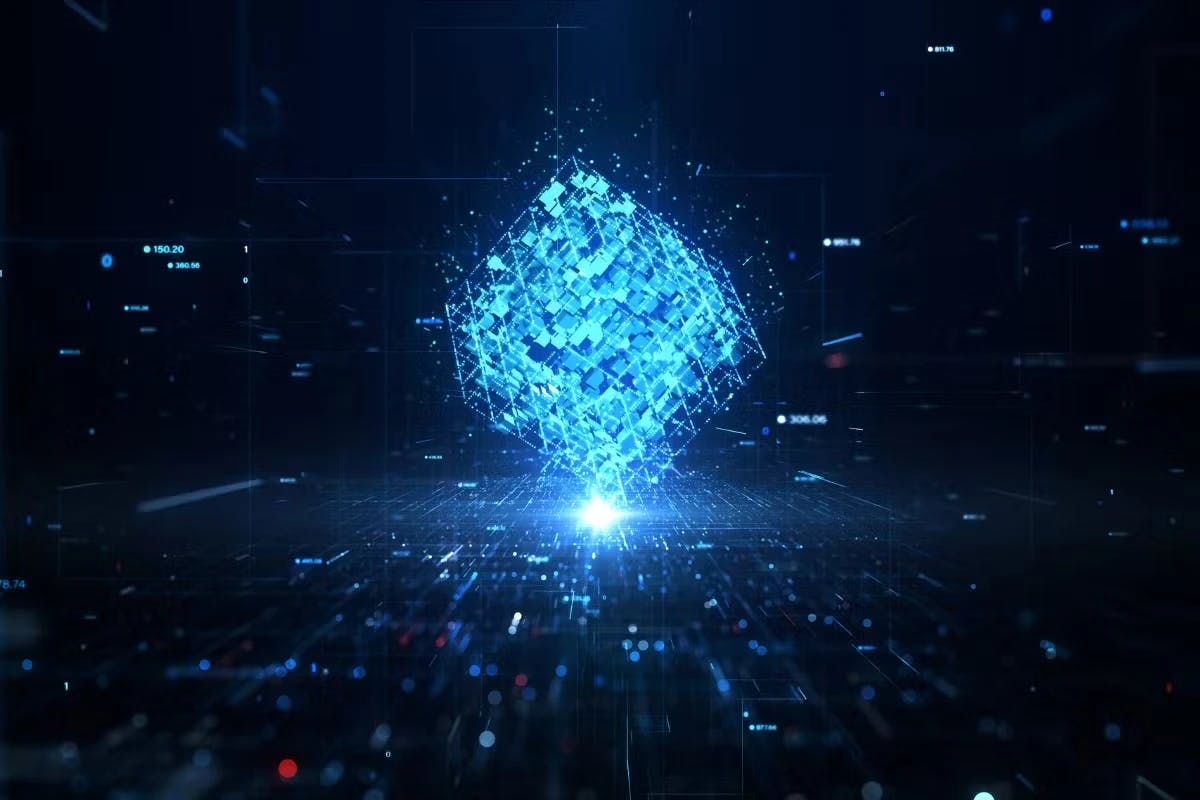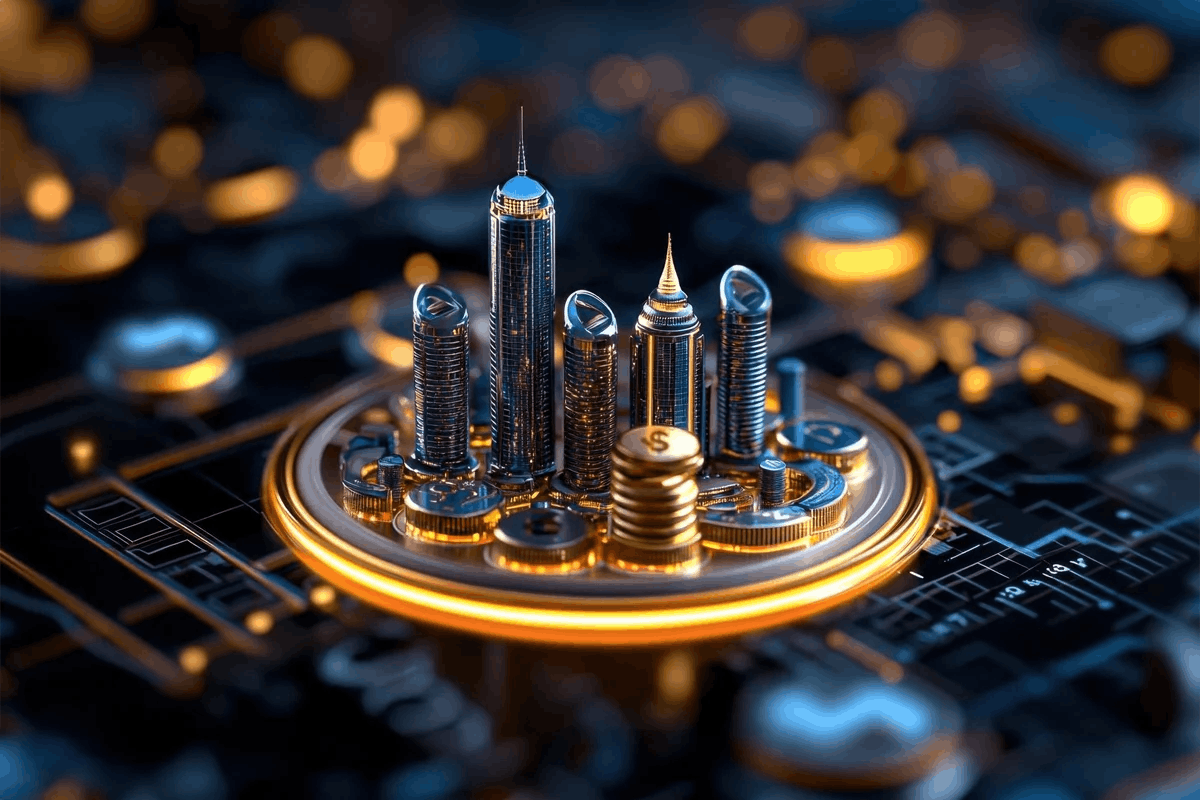
How ERC-3643 is Transforming Real-World Assets Tokenization?
The blockchain system is developing at a rapid pace with the development of a new concept – the tokenization of real-world assets (RWAs). As the decentralised finance (DeFi) space expands, integrating physical assets presents big opportunities. However, some challenges arise over a while, especially regarding regulations and securely transferring ownership.
ERC-3643, an innovative token standard, could change how we handle RWAs on the blockchain. This standard tackles the complexities of representing physical assets digitally. It allows secure, compliant, and transparent ownership transfers. With built-in safeguards, ERC-3643 tokens reduce risks like double-spending and unauthorised access. This paves the way for frictionless transactions across various sectors.
Why ERC-3643 in Real-World Assets Tokenization (RWA)?
Breaking down RWAs into tokens has been a major objective in the blockchain world, as it can open up access to assets that were previously hard to divide or sell. However, dealing with real-world assets like real estate, art, and commodities comes with its own set of hurdles when it comes to following rules, verifying ownership, and managing the assets. ERC-3643 tackles these challenges by providing a comprehensive system for turning RWAs into tokens while strictly adhering to all compliance requirements.
Why is Real-World Assets Tokenization (RWA) Introduced?
Real-world assets (RWAs) like real estate and art pieces have long been restricted by accessibility issues. Significant investments were needed, and complex legal processes made ownership challenging. The art market was especially opaque, limiting entry for smaller investors. These barriers hindered the free flow of capital and restricted diversification opportunities.
What is Tokenization?
Tokenization is the process of converting ownership rights or interests in an asset into digital tokens on a blockchain. These tokens transparently represent ownership, enabling secure asset transfer and management within a decentralized environment. By tokenizing Real-world assets (RWAs), ownership rights become digital representations, opening fractional ownership possibilities and global exposure.
What are the Benefits of RWAs in Tokenization?
Tokenizing real-world assets (RWAs) is a pioneering process that offers many exciting advantages. It involves converting the ownership rights of physical assets into digital tokens on a blockchain network.
This innovative approach brings several benefits:

- Enhanced Liquidity
When assets are tokenized, their ownership rights become easily transferable. This opens up liquidity for previously illiquid assets. Asset owners can access a much larger pool of potential buyers from around the world. Similarly, investors gain greater flexibility to buy and sell asset tokens as per their preferences. - Fractional Ownership Opportunities
Tokenization allows the division of an asset's ownership into multiple digital tokens. This enables investors to purchase fractions or smaller portions of high-value assets like real estate, art, or rare collectibles. Fractional ownership democratises access to these assets, promoting portfolio diversification and catering to various investment appetites. - Global Accessibility and Borderless Trading
Asset tokens can be traded globally, transcending geographical boundaries. This opens up new markets for asset owners to reach a wider pool of potential investors. Likewise, investors can explore and invest in asset opportunities from different parts of the world with greater ease and convenience. - Transparency and Immutable Record-Keeping
Blockchain technology, which underpins tokenization, provides an immutable and transparent record of asset ownership and transaction history. This reduces the risk of fraud, disputes, and discrepancies, promoting trust and confidence in the tokenization process.
Let's take a closer look at ERC-3643 for real-world asset tokinization.
What is ERC-3643? How does ERC-3643 Work?
ERC-3643, referred to as the "Token for Regulated Exchanges," is a specialised standard for tokenizing real-world assets on Ethereum's blockchain. Its purpose is to ensure regulatory compliance, enhance interoperability, and secure the issuance and management of tokenized assets.

Through smart contracts, ERC-3643 enforces predefined rules and conditions, enabling secure and compliant asset tokenization. Additionally, a compliance contract establishes specific rules, such as maximum investor limits per country and token limits per investor.
Benefits of ERC-3643 for the RWA Sector
The ERC-3643 standard offers several valuable advantages for the Real World Asset (RWA) sector.
- First and foremost, it ensures regulatory compliance. This standard enables the tokenization of assets considered "securities" while adhering to various legal frameworks and regulations.
- Another significant benefit is secure issuance. ERC-3643 provides a secure and audited framework for the issuance of digital assets. This feature promotes trust and confidence among investors.
- Additionally, ERC-3643 is designed to be fully compatible with the Ethereum Virtual Machine (EVM). This compatibility enables smooth integration with existing infrastructure and decentralised applications (DApps). Businesses and developers can easily incorporate ERC-3643 into their existing Ethereum-based systems and applications.
Compliance Use Cases of ERC-3643
ERC-3643 is an advanced standard that revitalises real-world asset tokenization. It opens up exciting possibilities across various sectors, enabling secure and efficient fractional ownership, trading, and liquidity. Imagine being able to own a small part of a luxurious beachfront property, a priceless painting, or a flourishing tech startup – all with the ease and transparency of digital tokens.
- Real Estate Tokenization
With ERC-3643, the world of real estate investment is democratised. Individuals can acquire fractional shares in prestigious properties, exploring the possibilities for passive income streams and portfolio diversification. This innovative approach creates liquidity and accessibility in an otherwise illiquid market. - Art and Collectibles
Masterpieces and rare collectibles are no longer restricted to the wealthy elite. ERC-3643 tokens represent partial ownership in these unique assets, allowing enthusiasts and investors to own a piece of history while facilitating secure trading and provenance tracking on the blockchain. - Commodities Tokenization
Physical commodities like precious metals, agricultural products, and natural resources can be tokenized, making them divisible and tradable on a global scale. This transparency changes supply chain management, enabling smooth trading and tracking of these valuable assets. - Private firms and innovative businesses
Turning the ownership shares of private corporations or start-up companies into digital tokens. Doing this opens up investment prospects to a much broader range of investors, not just wealthy individuals and funds. - Guarding inventions and creative works
Taking patents, copyrights, and trademarks and representing them as digital tokens. This approach makes it easy to track and verify who owns these intellectual property rights in a fully transparent manner. - Streamlining the movement of goods
Creating digital tokens that represent physical products at various points along their supply chain journey. Tokenizing supply chain items boosts visibility into a product's whereabouts.
The Comparison: ERC-20, ERC-3643, and ERC-721 Standards
Here is the difference among these 3 standards, i.e. ERC-20, ERC-3643, and ERC-721:

Industries Affected by ERC-3643 in 2024
ERC-3643 presents exciting possibilities to revamps diverse industries, exploring new opportunities and enhancing processes.
- Real estate stands to benefit greatly, with tokenization enabling fractional ownership and global accessibility, enhancing liquidity in this traditionally illiquid market.
- The art and collectibles world can use democratised access to valuable pieces through fractional ownership.
- Commodities trading and investment can be streamlined, optimising the processes for physical assets like precious metals and agricultural products.
- Tokenization also offers private companies and startups a broader investor base, providing access to tokenized equity in private equity and venture capital sectors.
- Intellectual property rights can be secured through transparent and secure ownership records for patents, copyrights, and trademarks.
- The supply chain domain can make use of enhanced transparency and efficiency by tokenizing physical goods throughout the entire chain.
Simplify your asset tokenization process by connecting with our professionals immediately.
Top Real-World Case Study of ERC-3643 Adoption
As more and more companies start using ERC-3643, several businesses have become leaders in turning real-world assets (RWAs) into tokens. This allows people to invest in and own a part of these assets by buying digital tokens.
- Aspen Digital Inc.
This company has turned the ownership of the St. Regis Aspen Resort, a fancy hotel in Aspen, Colorado, into tokens. Investors can buy digital tokens that represent a small part of the ownership of the resort. So if you own some tokens, you own a tiny piece of the real hotel! - Mazer Gaming
Mazer Gaming has turned its gaming software and intellectual property (IP) into tokens using ERC-3643. This means investors can buy tokens and be a part of the growth of Mazer Gaming's gaming ecosystem. As the company's games and IP become more valuable, the tokens will also become more valuable. - Lithium Royalty Corp.
This company has turned its royalty interests in lithium mining projects into tokens. Investors can buy these tokens to get exposure to (be involved in) the lithium market. As lithium becomes more important for things like electric car batteries, the value of the tokens related to lithium mining royalties will likely go up.
What will be the Future of ERC-3643 and RWA Tokenization?
Tokenizing real-world assets (RWAs) is an increasingly popular concept. The ERC-3643 standard for RWA tokenization shows great promise. Improvements to ERC-3643 will focus on enhancing security, scalability, and user-friendliness. Integrating ERC-3643 with decentralised identities and zero-knowledge proofs could further boost its capabilities.
Additionally, if major traditional finance and investment firms adopt ERC-3643, it could drive mainstream acceptance and regulatory clarity. This could lead to a more comprehensive and accessible financial system.
Conclusion
Tokenizing real-world assets is a complex task with unique challenges. ERC-3643 introduces a secure and compatible system for this process. This standard ensures compliance with regulations while using blockchain's transparency and security. It handles the difficulties of tokenizing physical assets.
Codiste is the best blockchain development company in the USA and specialises in the tokenization of real-world assets. Their team of blockchain developers are experts in providing the best blockchain development services compliant with ERC-3643 Standard across sectors. So, if you are looking for ERC-3643 solutions with smart contract technology for smooth transfer functions, connect with our Blockchain experts for a 30-minute quick consultation!





